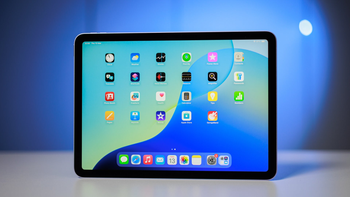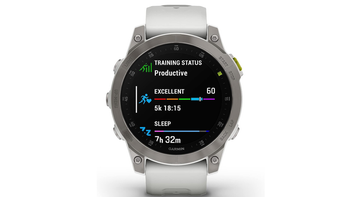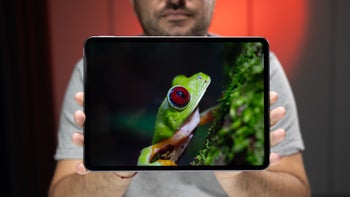Huawei's smartwatches might soon have blood sugar tracking and more

Huawei's smartwatches are undoubtedly among the most stylish wearables on the market. They also come with a long battery life, like the Huawei Watch GT 3 Pro, which can last up to 14 days on a single charge. Not like some other wearables that you can currently buy — we are looking at you, Galaxy Watch 4 and Apple Watch Series 7, with your one-day battery life.
However, it appears that Huawei also wants to introduce something revolutionary with its next smartwatches. As first reported by Gadgets & Wearables, Huawei recently held a media presentation showcasing the future of its wearables. At the event, He Gang, Huawei Terminal BG's Chief Operating Officer, revealed that the company plans to add blood sugar tracking, lung function tracking, and high altitude health management to its smartwatches' TruSeen health monitoring system.
It remains to be seen whether Huawei will be the first company to introduce such a technology on a smartwatch. The Chinese company will surely face stiff competition from Apple itself. As we already reported, Cupertino is also planning to incorporate such tech into its Apple Watch. Last year, the company filed a patent for obtaining blood sugar readings in a non-invasive way. So, who will be the first? Only time will tell, and probably some leaker, a few months before the winning company announces its new smartwatch with glucose tracking technology.
As for the lung function tracking, which Huawei spoke about, the technology will probably combine the gathered data from heart rate, blood oxygen, and other sensors to predict the user's risk of developing Chronic Obstructive Pulmonary disease, which causes obstructed airflow from the lungs. The high altitude health management system, on the other hand, will inform users about how their bodies are responding to high elevations with low air pressure.
Unfortunately, there currently aren't any non-invasive methods through which you can track your blood sugar levels. According to Gadgets & Wearables, Huawei is working in collaboration with professional medical institutions to develop hyperglycemic risk screening, glucose level trend assessment, and an early warning system signaling for potential issues.
It remains to be seen whether Huawei will be the first company to introduce such a technology on a smartwatch. The Chinese company will surely face stiff competition from Apple itself. As we already reported, Cupertino is also planning to incorporate such tech into its Apple Watch. Last year, the company filed a patent for obtaining blood sugar readings in a non-invasive way. So, who will be the first? Only time will tell, and probably some leaker, a few months before the winning company announces its new smartwatch with glucose tracking technology.
As for the lung function tracking, which Huawei spoke about, the technology will probably combine the gathered data from heart rate, blood oxygen, and other sensors to predict the user's risk of developing Chronic Obstructive Pulmonary disease, which causes obstructed airflow from the lungs. The high altitude health management system, on the other hand, will inform users about how their bodies are responding to high elevations with low air pressure.










Things that are NOT allowed: